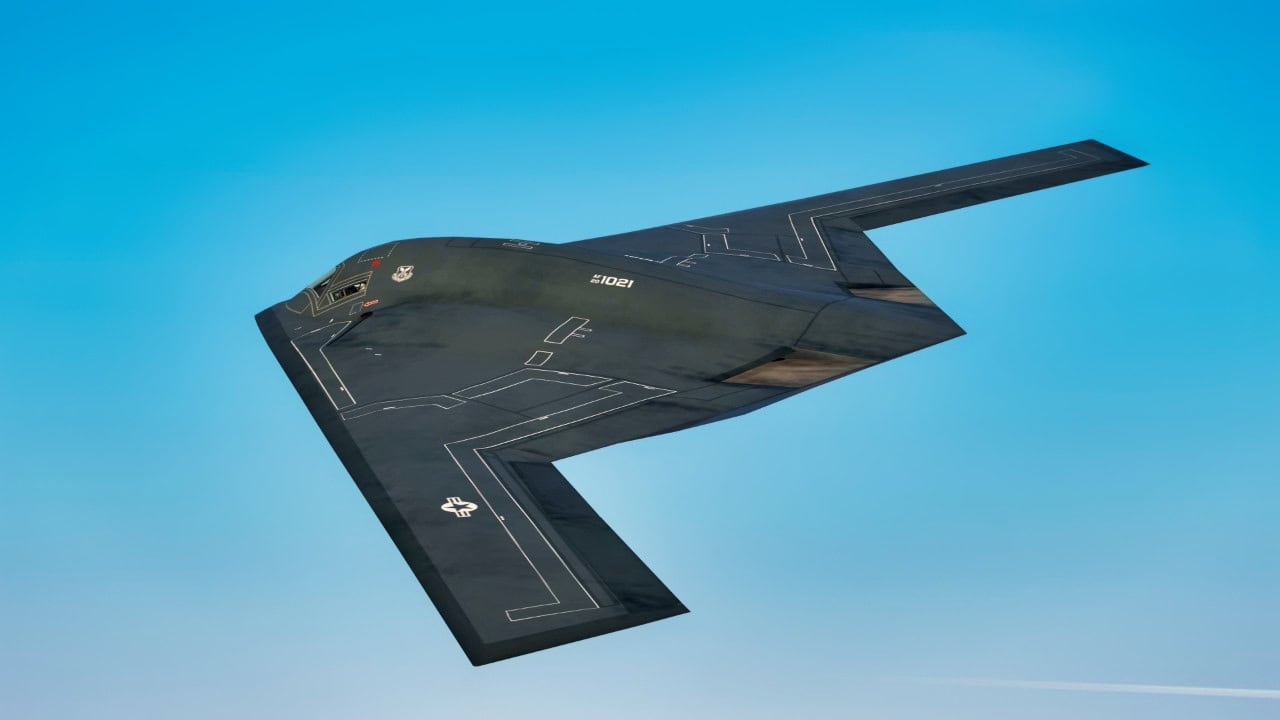“I, as a customer, want to see increased rates of” B-21 Raider bomber production, were words used by Gen. Cotton, Commander of US Strategic Command when discussing the anticipated future of the emerging B-21 fleet.
Cotton’s comments, made at McAleese and Associates annual Defense Programs Conference, were part of his broader position that the US Air Force would be best served by acquiring 145 B-21 bombers, a number considerably higher than the current plan to acquire 100 of the aircraft.
“I, as a customer, want to see increased rates” of B-21 production, Cotton said, as quoted in Air and Space Magazine, noting that the program’s low production rate was set “when the geopolitical environment was a little bit different than what we face today.”
In recent years, the expected fleet size for the B-21 has been capped at 100.
Yet, many senior military leaders have been clear for years that the US potentially needs as many 200 B-21 bombers to meet the evolving threat circumstances.
US Air Force Bomber-Vector and B-21 Raider
There are many variables impacting this equation, some of which can be traced back to a published US Air Force bomber-vector years ago, which explained how the service has been suffering from a longstanding bomber deficit across the fleet.
The B-2 Spirit stealth bomber fleet was cut at 20 airplanes years ago, a decision many Pentagon leaders regretted later, and both the B-1B and B-52 bombers have been nearing obsolescence for many years now.
As articulated by the Air Force, the overall concept is that the services’ bomber-fleet configuration has been insufficient to meet combatant commander requests for years.
The Air Force has been concerned about its bomber fleet for quite some time and has sought to achieve a new balance through upgrades and successful modernization.
The B-21 Raider has been a key part of this equation because the production pace, timing, and ultimate arrival of B-21s is balanced against legacy bombers’ extended service life.
This is likely why Gen. Cotton referenced “production” rates as a faster arrival of B-21s, which could address or help close the service’s bomber deficit.
Specifically, the Air Force has expended significant effort and budget resources upgrading the B-1B bomber and B-52 for as long as possible until the necessary numbers of the B-21 arrive.
This is part of a broad effort to mitigate the service’s bomber deficit.
While the B-1B and B-52 have received major successful upgrades that have extended their combat relevance, the aircraft are decades old and approaching obsolescence.
However, the retirement of the B-52 and B-1B have been delayed significantly, in part to address this concern. The B-1B has not only received a new bomb rack unit but also had its internal weapons bay configured to carry hypersonics.
The B-52J includes a new engine and a wide-ranging host of technological upgrades such as a new communications system, internal weapons bay modification, and vastly expanded arsenal.
More Reasons the B-21 Raider Bomber Is Needed
Yet another likely reason why Cotton and other Air Force and Pentagon leaders see a need for more B-21s likely pertains to the concepts of operation associated with the bomber.
The B-21 will not only hold adversaries at risk of air attack but also function as a sensor, networking hub, and command and control node in the sky controlling unmanned systems.
This will enable the aircraft to function with an ISR component transmitting intelligence and time-sensitive target information across domains in a combat theater.
Nuclear Triad
The other key variable likely being considered by Cotton relates to the nuclear triad, as the Pentagon will need sufficient numbers of modern, nuclear-capable aircraft to sustain the air-leg portion of the nuclear triad.
An expanded force of nuclear-armed B-21s could hold an adversary at risk across a wider operational envelope and sustain a forward air dimension to the Pentagon’s strategic deterrence posture.
For example, the B-21 will, among other things, carry the emerging Long Range Standoff weapon, a nuclear-capable, air-launched cruise missile intended to replace the existing ALCM (Air Launched Cruise Missile).
Not surprisingly, Cotton is also requesting a significant increase in the number of LRSOs brought into the force.
About the Author: Kris Osborn
Kris Osborn is the President of Warrior Maven – Center for Military Modernization. Osborn previously served at the Pentagon as a highly qualified expert in the Office of the Assistant Secretary of the Army—Acquisition, Logistics & Technology. Osborn has also worked as an anchor and on-air military specialist at national TV networks. He has appeared as a guest military expert on Fox News, MSNBC, The Military Channel, and The History Channel. He also has a Masters Degree in Comparative Literature from Columbia University.

